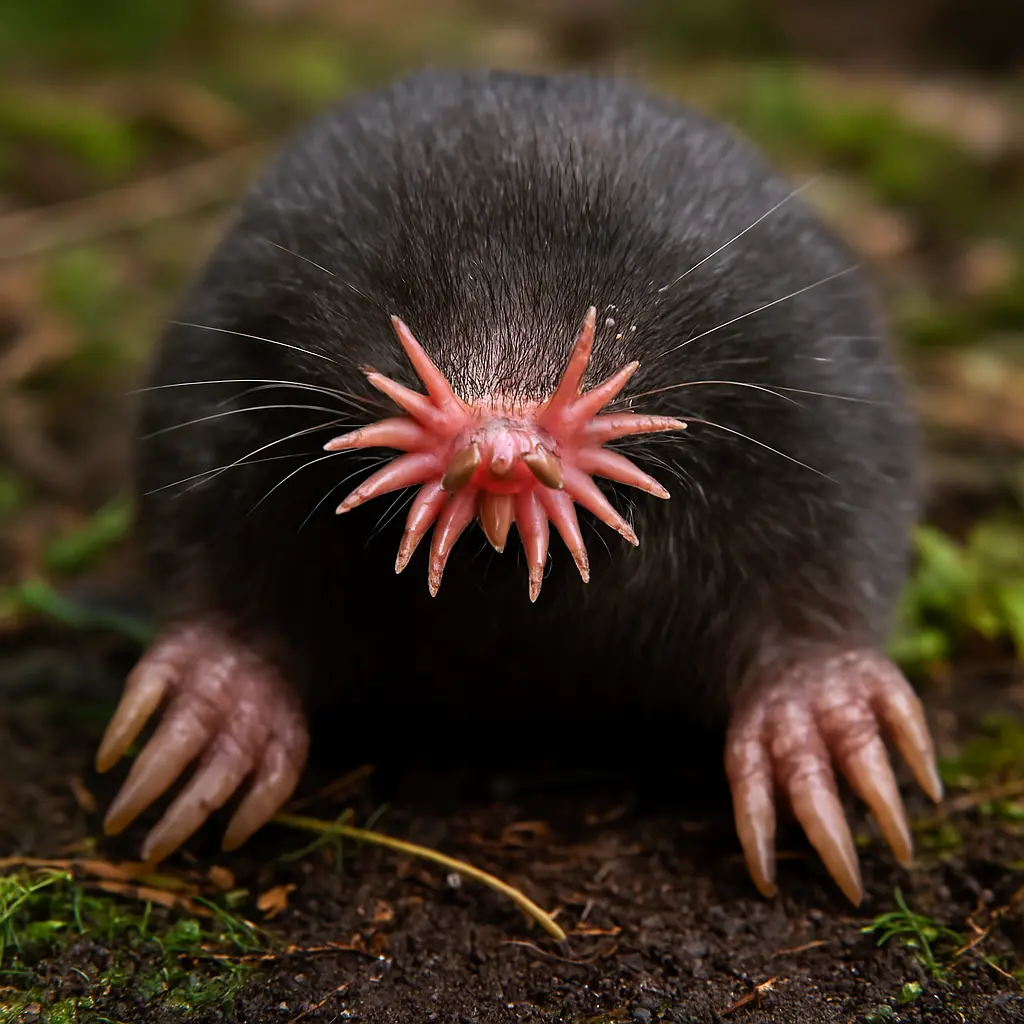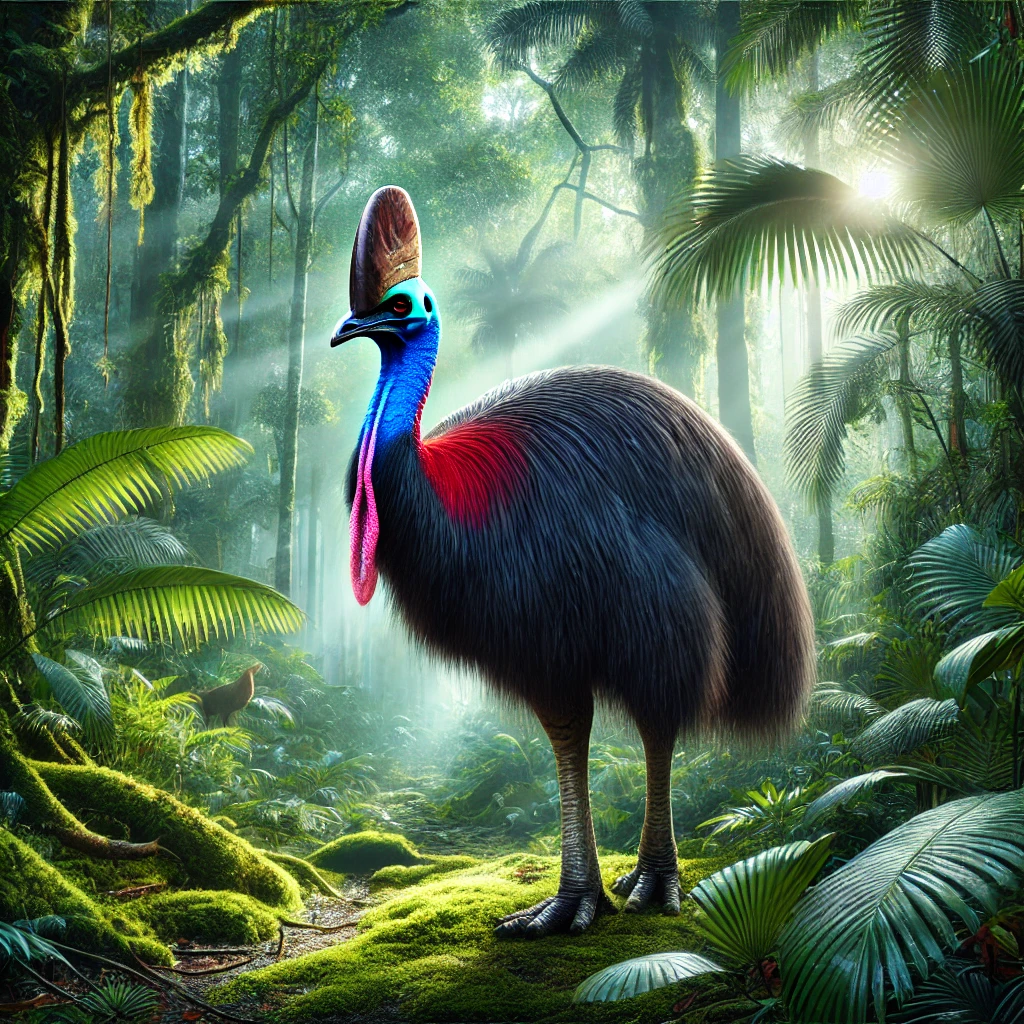We’re exploring the fascinating world of the cassowary—an extraordinary bird that continues to surprise and inspire. Whether you’re wondering, “are cassowaries dangerous?” or “where do cassowaries live?”, this article provides you with engaging insights and valuable facts about these unique creatures.
Surprising Cassowary Insights
The cassowary is one of the most enigmatic birds on the planet. Native to the tropical forests of New Guinea, northern Australia, and surrounding islands, this striking bird is renowned for its vibrant blue and red skin and helmet-like casque. Did You Know? Many people ask, “are they dangerous?” The answer isn’t simple. While these birds are generally shy, they can become aggressive if provoked, especially in captivity. However, understanding their behavior helps debunk myths about aggression. If you ever wonder, “are They dangerous?”, remember that respect for their space is key.
Table of Contents
Where Do Cassowaries Live? A Closer Look
One of the most frequently asked questions is, “where do cassowaries live?” They inhabit dense tropical forests and rainforests, where they play a vital role in seed dispersal. Their natural habitat provides them with ample food, shelter, and opportunities for breeding. If you’re curious about where do they live, you’ll find that their range is primarily in the warm, humid regions of New Guinea, parts of Indonesia, and northern Australia. These areas offer the perfect blend of vegetation and climate that the cassowary needs to thrive.
In addition, conservationists are working hard to protect these regions from deforestation and human encroachment. When asked, “where do cassowaries live?”, it’s important to note that preserving their habitat is essential not only for the birds but for the entire ecosystem.
Are Cassowaries Dangerous? Debunking the Myths
A common question among nature enthusiasts is, “are they dangerous?” While it is true that they have powerful legs and sharp claws, they generally avoid human contact. However, if they feel threatened or cornered, they can be unpredictable. Studies suggest that incidents involving cassowaries are rare and usually a result of human encroachment or provocation.
It’s essential to understand that the perception of danger often stems from sensationalized media reports rather than everyday encounters. When discussing are they dangerous, it’s crucial to consider that these birds are an important part of their ecosystem and deserve our respect and careful observation, rather than fear.
Conservation and the Future
The survival of the cassowary is under threat due to habitat loss, hunting, and climate change. Efforts by conservationists are focused on answering the question, “where do they live?” by protecting and restoring their natural habitats. Local and international organizations are dedicated to creating safe corridors and reserves, ensuring that these magnificent birds can continue to roam free.
Moreover, addressing concerns about are they dangerous helps shift the focus from fear to protection. Conservation education and community outreach are vital in changing public perception, promoting coexistence, and encouraging responsible interaction with wildlife.
Fun Facts About Cassowaries
- Unique Appearance: The cassowary has a striking casque atop its head—a feature that scientists believe may help in temperature regulation and display.
- Speed and Agility: Despite their large size, they are agile runners and can cover significant distances in search of food.
- Vital Seed Dispersers: They play an essential role in maintaining the biodiversity of tropical forests by dispersing seeds through their droppings.
- Mysterious Behavior: Although often misunderstood, they have complex social behaviors and communicate through a range of sounds and movements.
Embrace the Wonder of the Cassowary
These birds is a magnificent creature that continues to intrigue scientists and nature lovers alike. Whether you’re asking, “are they dangerous?” or wondering “where do they live?”, learning more about these birds reveals their critical role in the ecosystem and their need for conservation.
At PetNarianPets, we believe in celebrating and protecting all of nature’s marvels. What steps do you think we should take to ensure that these extraordinary birds are safeguarded for future generations? Share your thoughts with us and join the conversation!
Liked what you read ? Support Us On Instagram, X, Pinterest and YouTube.
Wanna Say Something about animals ? Contact Us.
Check Out Our Merch!
Latest From Us!

The animal kingdom is full of fascinating creatures, but few are as unique as the star nosed mole. This extraordinary mammal, with its bizarre-looking snout, is a true wonder of

Earthquakes strike without warning, causing chaos and panic. While people rush to safety, our pets often face the most danger. Knowing how to save pets during an earthquake can make

Did You Know? the Aye-Aye is one of the most unique and misunderstood creatures in the world. This strange-looking primate hails from Madagascar and has often been labeled as The

Animal Abuse Investigation Leads to the Rescue of 22 Animals in Colleton County Animal abuse remains a serious issue worldwide, with countless innocent creatures suffering due to neglect and cruelty.

Muntjac deer, often called the "barking deer," are among the most unique and mysterious members of the deer family. With their small stature, distinctive features. Secretive nature, they have captivated

We’re exploring the fascinating world of the cassowary—an extraordinary bird that continues to surprise and inspire. Whether you're wondering, “are cassowaries dangerous?” or “where do cassowaries live?”, this article provides

Did You Know? Butterfly with their stunning wings and transformative life cycles, captivate our hearts and inspire us every day. Here are five inspiring facts about the Butterflies that will

Did You Know? The Saiga Antelope, one of nature’s most unique and endangered creatures, has a story that will both astonish and motivate you to support conservation efforts. In this

We cherish our collaborations, and our recent partnership with Prodcut for our Valentine's Day merchandise launch was truly exceptional. PetNarianPets X Prodcut worked together to create a captivating video that

https://petnarianpets.com/how-to-introduce-a-rescued-animal-to-your-home/At PetNarianPets, we firmly believe that every pet deserves a loving, permanent home. Unfortunately, pet abandonment continues to be a distressing issue worldwide, and it’s often preventable with the right

Introducing a rescue animal to your home is a heartwarming journey that combines compassion with careful planning. Whether you are getting rescued animal to home for the first time or

Spring is a popular season for vacations, but for pet owners, finding the right care solution can be a challenge. Pet Boarding often provides a convenient option, allowing you to enjoy your












